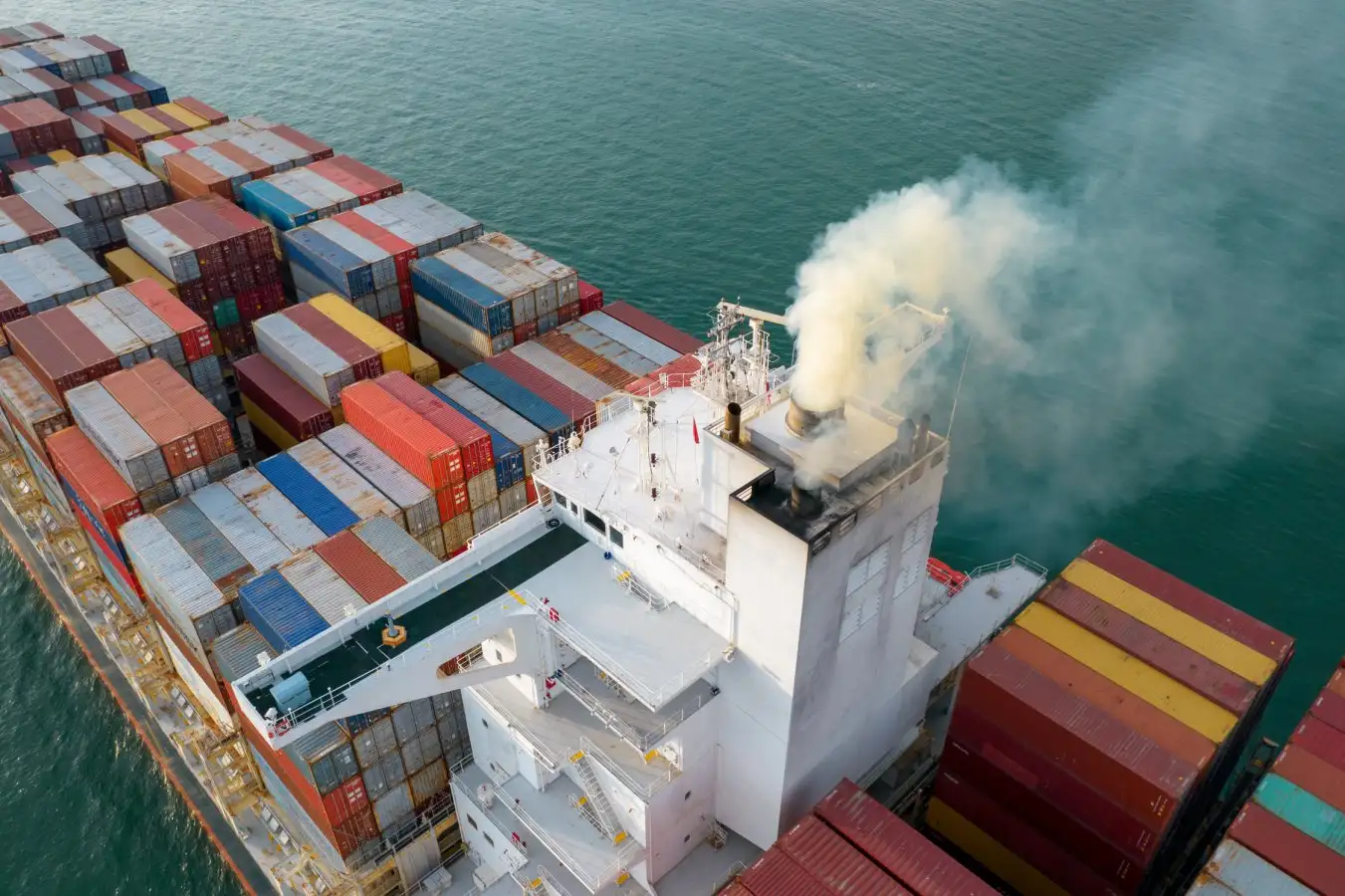
Steering the Global Shipping Industry toward 2030 Zero-Emission Goals
By Mr. Bhavesh Thakkar, CEO, RASPN Shipping Services Private Limited
The global shipping industry is at a crossroads, tasked with a pressing challenge: transitioning to zero-emission fuels by 2030. While the International Maritime Organization (IMO) targets at least 30% of global shipping fuel consumption to come from zero-emission sources by 2030, progress has been slow. Despite being indispensable to global trade, the sector contributes approximately 3% of global greenhouse gas emissions, with trade volumes projected to quadruple by 2050. Without urgent intervention, these emissions will escalate further.
The Roadblocks to Zero-Emission Goals
Fuel Innovations and Challenges
Hydrogen, green ammonia, methanol, and biofuels are often cited as the future of sustainable shipping. However, high production costs, scalability issues, and safety concerns have limited their widespread adoption. For instance, hydrogen and green ammonia require substantial advancements in production and storage technologies. Meanwhile, methanol, a promising alternative, faces uncertainties about its long-term feasibility and market size.
Infrastructure Transformation
Transitioning to zero-emission fuels demands a massive overhaul of the global port and refueling infrastructure. India, a key player in global shipping, has made strides in enhancing its ports under the Sagarmala initiative, yet significant work remains to prepare these facilities for alternative fuels. Without robust infrastructure, even the most advanced green vessels will face operational challenges.
Financing the Transition
The financial burden of decarbonizing the shipping sector is immense. Governments, private enterprises, and financial institutions must collaborate to create innovative funding models. In India, public-private partnerships can play a pivotal role in sharing the costs of fleet upgrades, alternative fuel R&D, and port modernization. Encouragingly, international initiatives like the Global Maritime Decarbonisation Initiative can inspire local frameworks.
Learning from Aviation: A Model for Collaboration
The aviation industry has demonstrated how strong policy frameworks and collaborative efforts can drive progress toward sustainability. Initiatives like the Renewable Energy Directive III (REDIII) have spurred investments in green fuels. The maritime sector must adopt a similar approach, leveraging stakeholder collaborations to drive innovation and secure funding.
Consumer-Driven Sustainability
Indian consumers are becoming increasingly aware of environmental sustainability. This shift in mindset has encouraged companies to adopt cleaner technologies, not just as a compliance measure but as a market differentiator. By embracing greener shipping practices, companies can align with consumer values and gain a competitive edge.
The Role of Training and Education
The transition to green shipping also requires an informed workforce. Training programs on sustainable practices and new technologies can enhance organizational efficiency and ensure smoother adoption of alternative fuels and systems.
A Call to Action
India’s strategic position in global trade gives it the opportunity to lead by example in decarbonizing shipping. Collaboration between the government, private sector, and international organizations is critical to achieving zero-emission targets. Proactive measures, such as incentivizing the use of sustainable fuels and upgrading infrastructure, can help close the gap between aspiration and action.
The shipping industry must embrace this moment as a turning point. Delays will only compound the challenges, making the 2030 targets increasingly difficult to achieve. The time to act is now, with a unified focus on creating a cleaner, more resilient shipping ecosystem.
Author :

Mr. Bhavesh Thakkar, CEO, RASPN Shipping Services Private Limited
